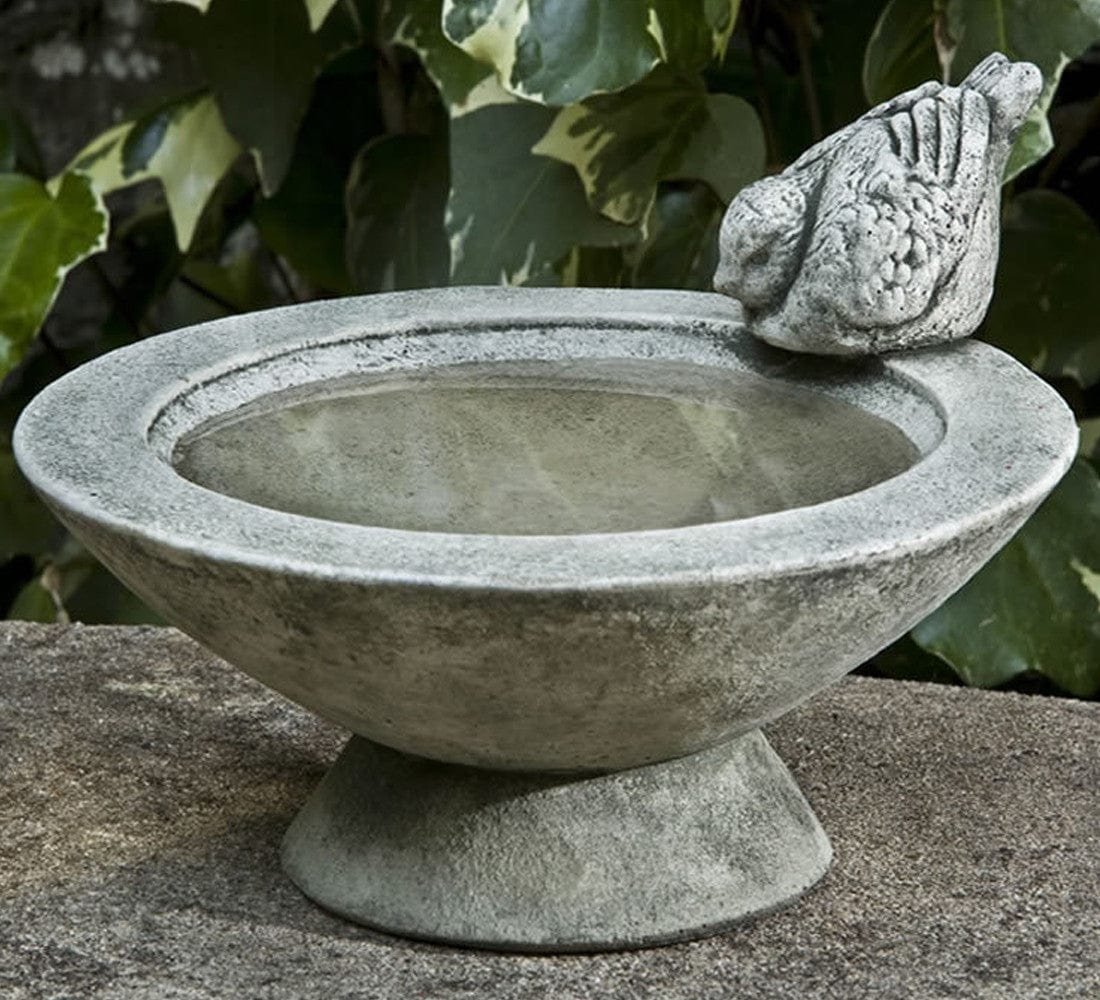A modern bird bath with a sleek, simple design complements minimalist landscapes perfectly. The depth of a bird bath plays a crucial role in attracting and accommodating a variety of bird species. It is not merely a matter of aesthetics or convenience, but a significant factor in ensuring the safety, health, and hygiene of these feathered visitors. Understanding the importance of bath depth helps us create more bird-friendly environments, fostering diverse and thriving avian communities.

1. Safety and Accessibility
The depth of a bird bath significantly influences its safety and accessibility for various bird species. Shallow baths, typically 1-2 inches deep, cater to smaller birds such as sparrows, finches, and warblers, ensuring they can wade without the risk of drowning. In contrast, larger birds like robins and jays prefer slightly deeper areas, around 2-3 inches, allowing them to immerse more of their bodies. The variation in depth accommodates the physical size and bathing behaviors of different species, ensuring the birdbath is a safe and accessible resource for a diverse bird population.
2. Hygiene and Health
Birdbaths serve as crucial spots for birds to clean their feathers and skin. The appropriate depth allows birds to effectively remove dirt, parasites, and loose feathers, which is essential for their hygiene and overall health. Shallow areas facilitate gentle splashing and feather ruffling, which is sufficient for smaller birds to clean themselves thoroughly. Deeper sections allow larger birds to submerge more substantially, aiding in more intense cleaning and preening activities. Maintaining good hygiene through bathing is vital for birds as it impacts their flight efficiency, insulation, and general well-being.
3. Attracting Diverse Species
Different depths in a bird bath can attract a wider range of bird species to a garden or outdoor space. By providing varied depth levels, birdbaths cater to the preferences of both small and large birds, increasing the chances of observing a diverse array of avian visitors. This diversity not only enhances the viewing experience for bird enthusiasts but also supports local biodiversity by providing essential resources for different bird species within the ecosystem.
4. Behavioral and Social Interaction
Bird baths are not just for hygiene; they are also social and behavioral hubs. The right depth allows birds to engage in social interactions and display natural behaviors comfortably. Shallow areas encourage playful splashing and socializing among smaller birds, while deeper sections can facilitate more vigorous bathing and interactive behaviors among larger birds. Observing these interactions can provide insights into the social structures and habits of different bird species.
In conclusion, the depth of a birdbath is a critical factor in ensuring its safety, accessibility, and attractiveness to a variety of bird species. By catering to the different needs and behaviors of various birds, a well-designed bird bath with appropriate depth levels can become an essential resource for avian hygiene, health, and social interaction.

